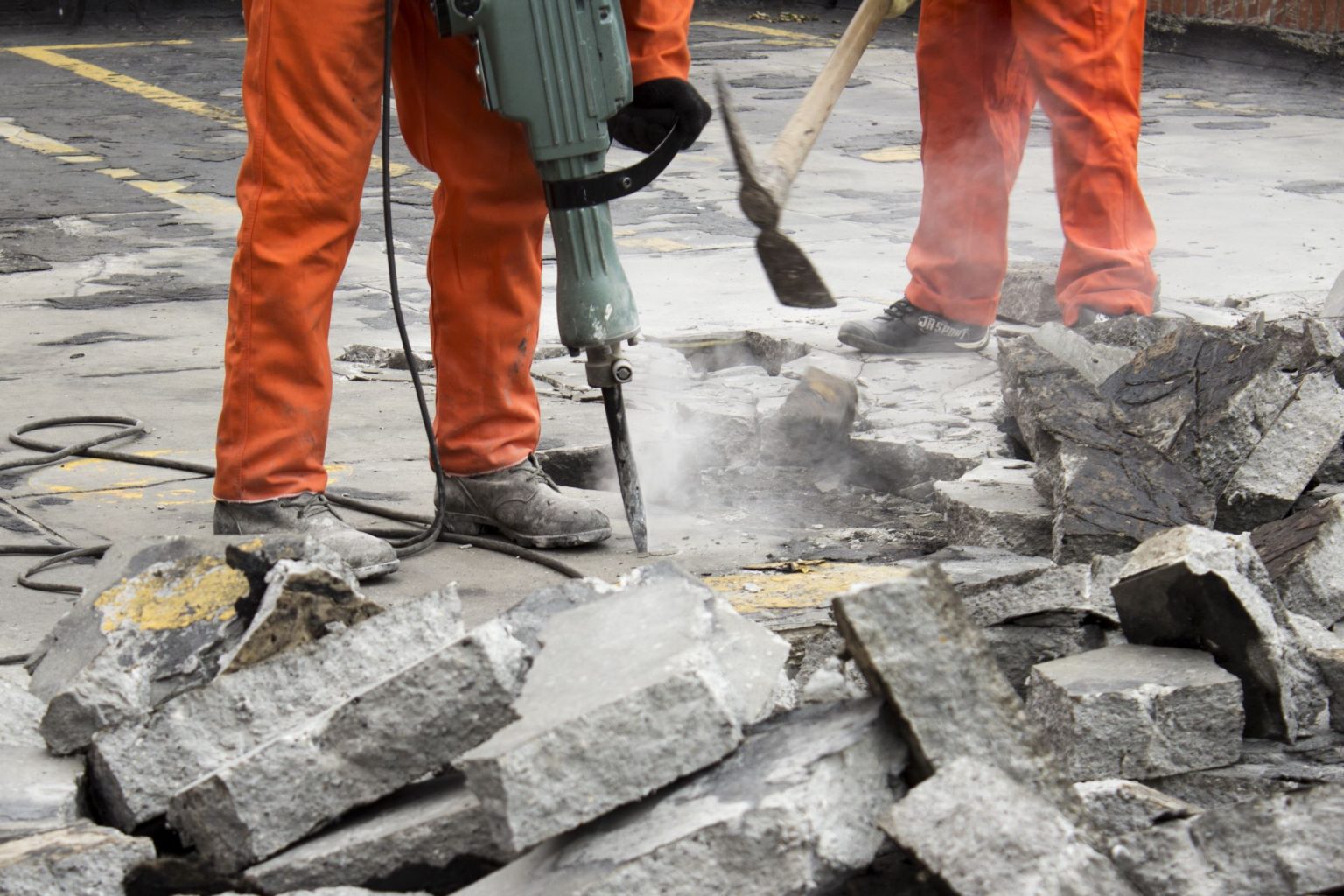

Articles
How To Break Up Concrete With Hand Tools
Modified: February 10, 2024
Learn how to break up concrete with hand tools in this informative article. Find step-by-step instructions and valuable tips.
(Many of the links in this article redirect to a specific reviewed product. Your purchase of these products through affiliate links helps to generate commission for Storables.com, at no extra cost. Learn more)
Introduction
Breaking up concrete may seem like a daunting task, but with the right hand tools and a little bit of patience, it can be accomplished successfully. Whether you’re renovating a space, repairing a damaged concrete surface, or simply need to remove an old concrete structure, knowing how to break up concrete with hand tools is a valuable skill for any DIY enthusiast or homeowner.
In this article, we will guide you through the process of breaking up concrete step by step. Before we dive into the details, it’s important to note that safety should always be your top priority when working with concrete. Concrete can be heavy and brittle, so it’s crucial to take proper precautions to protect yourself from injury.
In the following sections, we will outline the necessary safety measures and the tools you’ll need for the job. We’ll then walk you through each step of the concrete breaking process, from preparing the work area to disposing of the broken concrete.
So, whether you’re facing a small concrete repair task or a larger demolition project, let’s get started on learning how to break up concrete with hand tools to achieve successful results.
Key Takeaways:
- Safety first! Prioritize protective gear, clear work areas, and proper lifting techniques when breaking up concrete. Taking precautions minimizes accidents and ensures a successful project.
- Preparation is key. From marking the area to creating a starting point and scoring the concrete, thorough preparation sets the stage for an efficient and controlled concrete breaking process.
Safety Precautions
Before you begin the process of breaking up concrete, it’s crucial to prioritize your safety. Here are some important safety precautions to keep in mind:
- Protective Gear: Wear appropriate protective gear to shield yourself from debris. This includes safety goggles to protect your eyes, a dust mask to prevent inhalation of dust particles, and sturdy work gloves to keep your hands safe.
- Footwear: Ensure you are wearing sturdy, closed-toe shoes or boots to protect your feet from falling debris or sharp objects.
- Hearing Protection: Concrete breaking can create loud noises, so it’s advisable to use earplugs or earmuffs to protect your hearing.
- Clear Work Area: Clear the work area of any obstacles or potential hazards. Make sure the surrounding space is free of people, pets, or valuable items that could get damaged in the process.
- Stability: Ensure the structure you’re working on is stable and won’t collapse during the process. If needed, reinforce the area to prevent accidents.
- Work with a Partner: Breaking up concrete can be physically demanding. It’s always a good idea to have someone nearby to assist you with heavy lifting or provide help in case of an emergency.
- Proper Lifting Techniques: When lifting heavy pieces of concrete, remember to use your legs, not your back, to prevent strains or injuries. Bend at the knees and lift with your leg muscles.
- Follow Instructions: Read and follow the instructions provided with your hand tools. Improper use of tools can lead to accidents or injuries.
- Stay Hydrated: Breaking up concrete can be a strenuous task, so remember to stay hydrated by drinking plenty of water throughout the process.
By taking these safety precautions, you can minimize the risk of accidents and ensure that your concrete breaking project goes smoothly. Remember, it’s always better to prioritize safety over speed.
Necessary Tools
Before you start breaking up concrete, it’s important to gather the necessary tools for the job. Having the right tools will make the process easier and more efficient. Here are the essential tools you’ll need:
- Hammer: A heavy-duty hammer, such as a sledgehammer, will be your primary tool for breaking up the concrete. Choose a hammer with enough weight and durability to handle the job.
- Chisel: A chisel with a flat or pointed tip will help you score and break the concrete. It’s useful for precision work and creating clean lines for easier breaking.
- Pry Bar: A sturdy pry bar is essential for prying apart larger chunks of concrete. It helps to create leverage and remove stubborn pieces.
- Safety Goggles: Protect your eyes from flying debris with a pair of safety goggles. Make sure they fit snugly to provide proper coverage.
- Dust Mask: Since breaking up concrete produces a lot of dust particles, it’s important to wear a dust mask to prevent inhalation. Look for a mask that offers proper filtration.
- Work Gloves: Invest in a pair of heavy-duty work gloves to protect your hands from sharp edges or abrasive surfaces.
- Knee Pads: To protect your knees from strain or injury, consider wearing knee pads. This will provide cushioning and support during the concrete breaking process.
- Broom and Dustpan: A broom and dustpan will come in handy for sweeping up debris after breaking up the concrete. Keeping the work area clean is important for safety and efficiency.
- Wheelbarrow or Bucket: You’ll need a container to collect and transport the broken concrete pieces. A wheelbarrow or a sturdy bucket can be useful for this purpose.
- First Aid Kit: It’s always a good idea to have a basic first aid kit on hand in case of minor injuries. Ensure your kit includes bandages, antiseptic ointment, and any necessary medication.
Having these necessary tools at your disposal will help ensure a smooth and successful concrete breaking project. Remember to choose high-quality tools that are suitable for the task at hand and maintain them properly for future use.
Step 1: Preparation
Proper preparation is key to any successful project, and breaking up concrete is no exception. Before you begin, follow these steps to ensure a smooth and efficient process:
- Clear the Area: Remove any objects, furniture, or vegetation from the area where you plan to break up the concrete. This will provide you with a clear and safe workspace.
- Mark the Area: Use spray paint or chalk to mark the specific area of the concrete that needs to be broken. This will help you stay focused and avoid unnecessary damage to surrounding structures.
- Protect Nearby Surfaces: If there are any adjacent surfaces, such as walls or flooring, that you want to protect from damage, cover them with protective materials such as plastic sheeting or plywood.
- Wet the Concrete: Before you start breaking up the concrete, wet it thoroughly with water. This will help minimize dust production and make the process easier.
- Secure the Workpiece: If you’re working with a larger concrete structure, such as a sidewalk slab, use temporary supports or braces to prevent it from collapsing or shifting during the breaking process.
- Prepare Safety Equipment: Double-check that you have all the necessary safety equipment, such as safety goggles, dust masks, work gloves, knee pads, and any other protective gear you might need.
By taking the time to prepare properly, you’ll create a safer and more efficient work environment for breaking up the concrete. This step lays the foundation for a successful project and ensures that you’re ready to move on to the next steps with confidence.
Step 2: Create a Starting Point
Once you’ve prepared the work area, the next step is to create a starting point for breaking up the concrete. This starting point will help guide your actions and make the process easier. Here’s how to create a starting point:
- Inspect the Concrete: Take a close look at the concrete and identify any natural cracks or weakened areas. These are ideal starting points as they already have some degree of vulnerability.
- Score the Concrete: Use a chisel and a hammer to score the concrete along the desired breaking line. Make several shallow cuts to create a guide for the breaking process. Alternatively, use an angle grinder with a diamond blade to make precise cuts.
- Apply Pressure: Once the concrete is scored, apply firm and consistent pressure with the chisel or pry bar to create deeper cuts. This will help weaken the concrete along the scored line.
- Water Application: If required, periodically wet the scored line with water as you apply pressure. This can help further weaken the concrete and make it easier to break.
- Repeat the Process: Continue scoring and applying pressure along the desired breaking line until you have a well-defined starting point for the concrete breaking process.
Creating a starting point is crucial as it provides a clear area where you can focus your efforts. By scoring the concrete and applying pressure, you weaken the structure and reduce the force required to break it. Remember to work carefully and gradually to avoid accidentally damaging surrounding areas or structures.
With a solid starting point established, you’re now ready to move on to the next step of breaking up the concrete.
When breaking up concrete with hand tools, always wear safety goggles and gloves to protect yourself from flying debris and sharp edges.
Read also: 12 Best Concrete Hand Tools for 2025
Step 3: Score the Concrete
Scoring the concrete is an essential step in the process of breaking it up. This involves making precise cuts in the concrete surface to create weakened lines that will guide the breaking process. Follow these steps to score the concrete effectively:
- Select the Right Tools: Choose a chisel or an angle grinder with a diamond blade as per your preference and the thickness of the concrete. Select a chisel with a flat or pointed tip for hand scoring, or use an angle grinder for more precision.
- Mark the Cutting Line: Use a pencil, chalk, or tape measure to mark the desired cutting line on the concrete surface. This will help you maintain accuracy and consistency throughout the scoring process.
- Hold the Chisel or Angle Grinder Properly: Grip the chisel firmly, positioning your hand near the base for more control. If using an angle grinder, hold it with both hands, maintaining a stable and balanced stance.
- Making the Cuts: Start at one end of the marked line and position the chisel or angle grinder at a slight angle to the surface. Begin applying pressure and make a shallow cut along the line. Repeat the process to deepen the cut until you reach the desired depth. For an angle grinder, make sure to follow the manufacturer’s instructions for safe and effective use.
- Keep the Cuts Straight: Aim to maintain straight and clean cuts along the marked line. This will help ensure consistent weakening of the concrete and make the breaking process more manageable.
- Water Application: Depending on the thickness of the concrete and the type of tool used, you may opt to wet the cutting line with water periodically. This can help reduce dust and keep the blade or chisel cool during the scoring process.
- Inspect the Scored Line: Once you’ve completed scoring the concrete along the marked line, inspect the cuts to ensure they are consistent and deep enough to guide the breaking process effectively.
Scoring the concrete creates weakened lines that make breaking it up easier and more controlled. Take your time with this step, as accurate and well-executed scoring will have a significant impact on the overall breaking process.
With the concrete properly scored, you’re ready to move on to the next step of breaking it up.
Step 4: Break Up the Concrete
With the concrete properly scored, it’s time to move on to the next phase: breaking it up. This step requires careful execution to ensure your safety and the successful removal of the concrete. Follow these steps to effectively break up the concrete:
- Put on Safety Gear: Before you begin breaking up the concrete, ensure you are wearing your safety goggles, dust mask, work gloves, and any other protective gear.
- Start at the Edge: Begin breaking up the concrete at the scored line by applying force with a hammer or sledgehammer. Start at the edge of the concrete piece and work your way inward. This will help facilitate a controlled break and prevent damage to surrounding areas.
- Use a Chisel or Pry Bar: For precise and targeted breaking, utilize a chisel or pry bar along the scored lines. Insert the chisel or pry bar into the scored cuts and apply pressure to break the concrete apart. This method allows for more controlled and strategic breaking.
- Apply Force in a Downward Motion: Aim to strike the concrete with force in a downward motion. This motion helps to break the concrete apart effectively. Remember to keep a firm grip on your tools and maintain proper balance to ensure your safety.
- Work in Sections: Break up the concrete piece by piece, focusing on shorter sections at a time. This approach allows you to maintain control and ensures a more manageable process.
- Break Reinforcement: If you encounter any reinforcement, such as rebar or wire mesh, use a pair of bolt cutters or an angle grinder to cut through it. Removing the reinforcement will make the breaking process easier.
- Be Mindful of Dust: Breaking up concrete can generate a significant amount of dust. To minimize dust production, periodically wet the area with water as you work. This will help keep the dust down and create a safer work environment.
- Continue Breaking: Repeat the process of striking and breaking until you have successfully broken up the entire concrete piece into manageable chunks.
Remember to work carefully and methodically during this step. By using controlled force and working in manageable sections, you’ll be able to break up the concrete efficiently and safely.
Once the concrete has been broken into smaller chunks, it’s time to proceed to the next step of removing the broken pieces.
Step 5: Remove the Broken Concrete
Now that you’ve successfully broken up the concrete, it’s time to remove the broken pieces from the work area. Follow these steps to effectively remove the broken concrete:
- Clear the Work Area: Before you start removing the broken concrete, clear the work area of any debris or loose materials. This will make it easier to maneuver and remove the broken pieces.
- Use a Wheelbarrow or Bucket: Depending on the size and weight of the broken concrete pieces, use a wheelbarrow or a sturdy bucket to collect and transport them. This will help prevent injury and make the disposal process more efficient.
- Lift with Proper Technique: When lifting heavy pieces of concrete, remember to bend at the knees and lift with your leg muscles. Avoid straining your back by using proper lifting techniques.
- Work with a Partner: If the broken concrete pieces are particularly heavy or awkwardly shaped, consider working with a partner to assist you with lifting and carrying.
- Dispose of the Broken Concrete: Depending on the regulations in your area, you may need to dispose of the broken concrete at a designated facility. Contact your local waste management or recycling center for guidance on proper disposal methods.
- Recycle or Repurpose: If possible, consider recycling or repurposing the broken concrete. It can be crushed and used as a base material for new construction projects or as decorative landscaping elements.
As you remove the broken concrete, be mindful of the weight and size of the pieces. Take care not to overload your wheelbarrow or bucket, as this can lead to accidents or strain injuries.
With the broken concrete successfully removed, your work area will be clear and ready for the next steps in your project.
Step 6: Clean Up and Dispose
After completing the process of breaking up and removing the concrete, it’s important to properly clean up the work area and dispose of any remaining debris. Follow these steps to effectively clean up and dispose of the materials:
- Sweep and Clear: Use a broom and dustpan to sweep up any loose debris, dust, or small fragments of concrete. Clear the work area of any remaining materials that were not removed during the previous step.
- Dispose of Small Debris: Small pieces of concrete that can be easily handled can be disposed of in regular trash bags or containers. To prevent punctures or leaks, double-bag the concrete debris if necessary.
- Separate Larger Debris: If you have larger chunks of concrete that are too heavy or cumbersome to dispose of in regular trash, separate them from other waste materials. Stack them neatly in a designated area for proper disposal.
- Contact a Disposal Service: Depending on the amount and size of the concrete debris, you may need to contact a local disposal service or construction waste management facility for proper disposal options. They can provide guidance on whether there are recycling or landfill facilities available for concrete waste in your area.
- Recycle or Repurpose: Consider recycling or repurposing the broken concrete if possible. Many recycling facilities accept concrete waste for crushing and repurposing. Contact local recycling centers to inquire about their concrete recycling programs.
- Clean and Store Tools: Thoroughly clean your hand tools and store them properly for future use. Remove any concrete residue and ensure they’re in good condition for your next project.
- Inspect the Work Area: Once all the debris has been properly disposed of, inspect the work area to ensure it’s clean and free of any remaining hazards or waste materials.
Properly cleaning up and disposing of the concrete waste not only helps maintain a safe and organized work environment but also promotes responsible waste management. By recycling or repurposing the concrete, you can contribute to sustainability efforts within the construction industry.
With the work area clean and the debris properly disposed of, you’ve successfully completed the process of breaking up concrete with hand tools.
Read more: How To Square Up Wood With Hand Tools
Conclusion
Breaking up concrete with hand tools may seem like a challenging task, but with the right approach and proper safety precautions, it can be accomplished successfully. By following the steps outlined in this article, you can tackle concrete renovation or removal projects with confidence and efficiency.
Remember, safety should always be your top priority when working with concrete. Take the necessary precautions, such as wearing protective gear and creating a clear and safe work area, to minimize the risk of accidents or injuries.
Preparing the work area, creating a starting point, scoring the concrete, breaking it up, and removing the broken pieces are all critical steps in the process. Taking your time and working carefully will yield better results and a safer working experience.
Proper disposal of the concrete debris is also important to consider. Explore recycling or repurposing options, and contact local waste management facilities to ensure responsible disposal.
By following these guidelines, you can effectively break up concrete using hand tools and successfully complete your DIY projects or professional tasks. Remember to maintain a positive attitude, be patient, and prioritize safety throughout the entire process.
Now that you have the knowledge and understanding of how to break up concrete, you can confidently take on future projects and achieve the desired results.
Frequently Asked Questions about How To Break Up Concrete With Hand Tools
Was this page helpful?
At Storables.com, we guarantee accurate and reliable information. Our content, validated by Expert Board Contributors, is crafted following stringent Editorial Policies. We're committed to providing you with well-researched, expert-backed insights for all your informational needs.
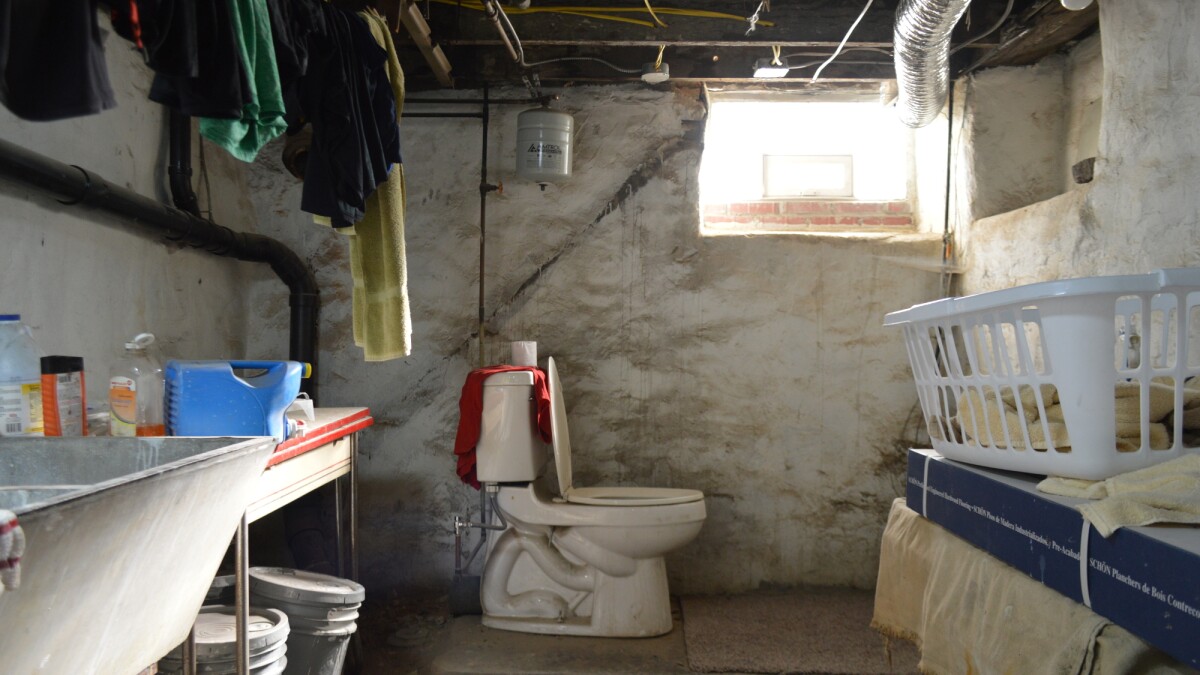

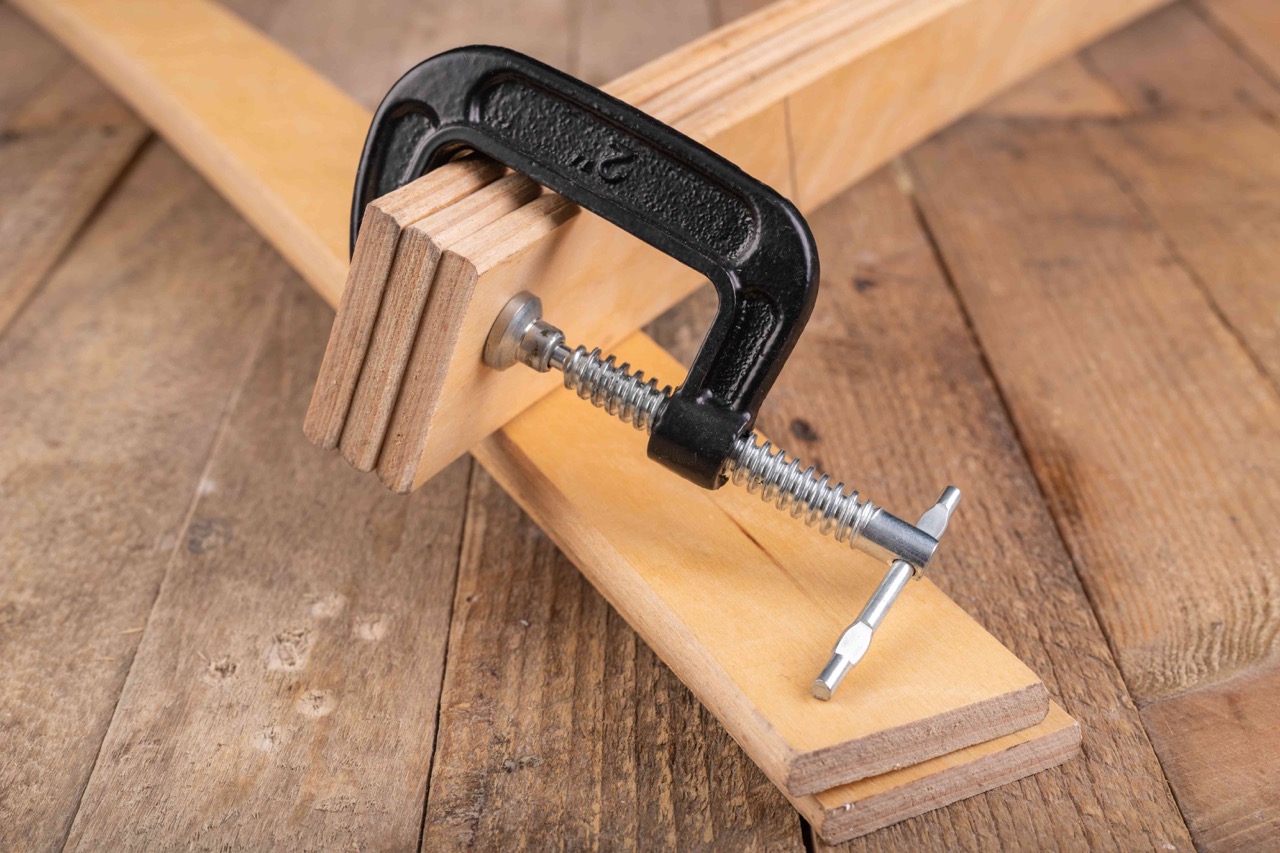
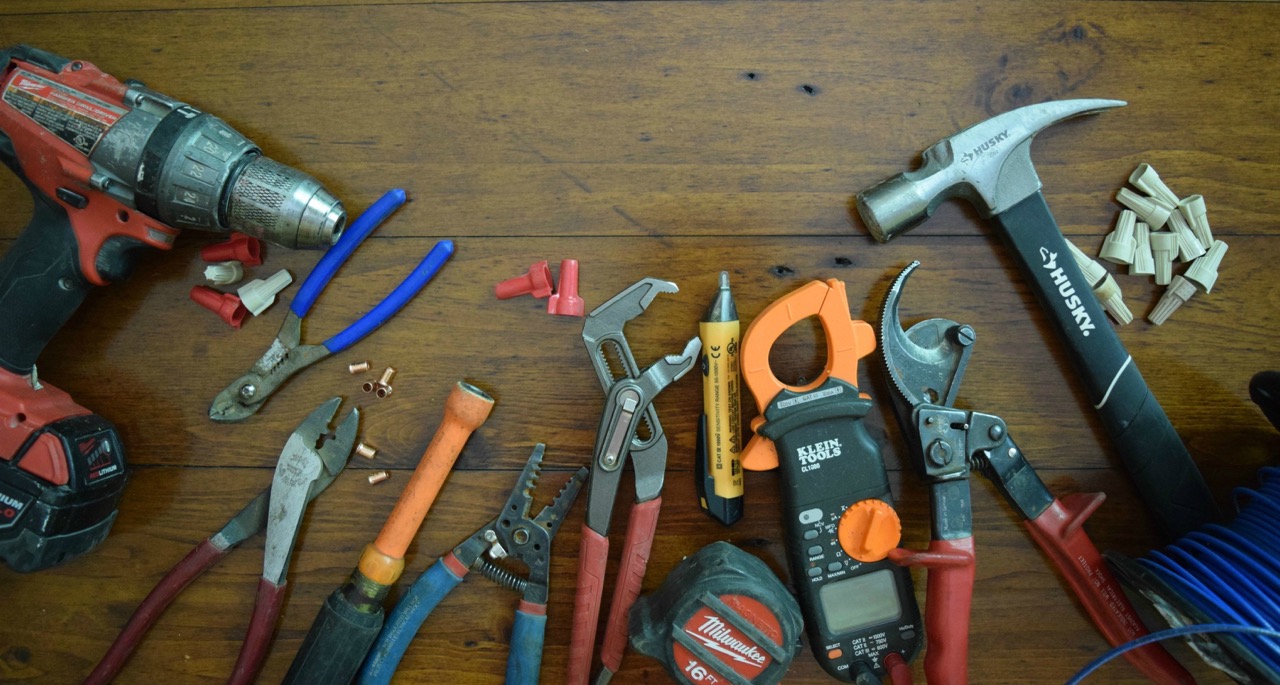

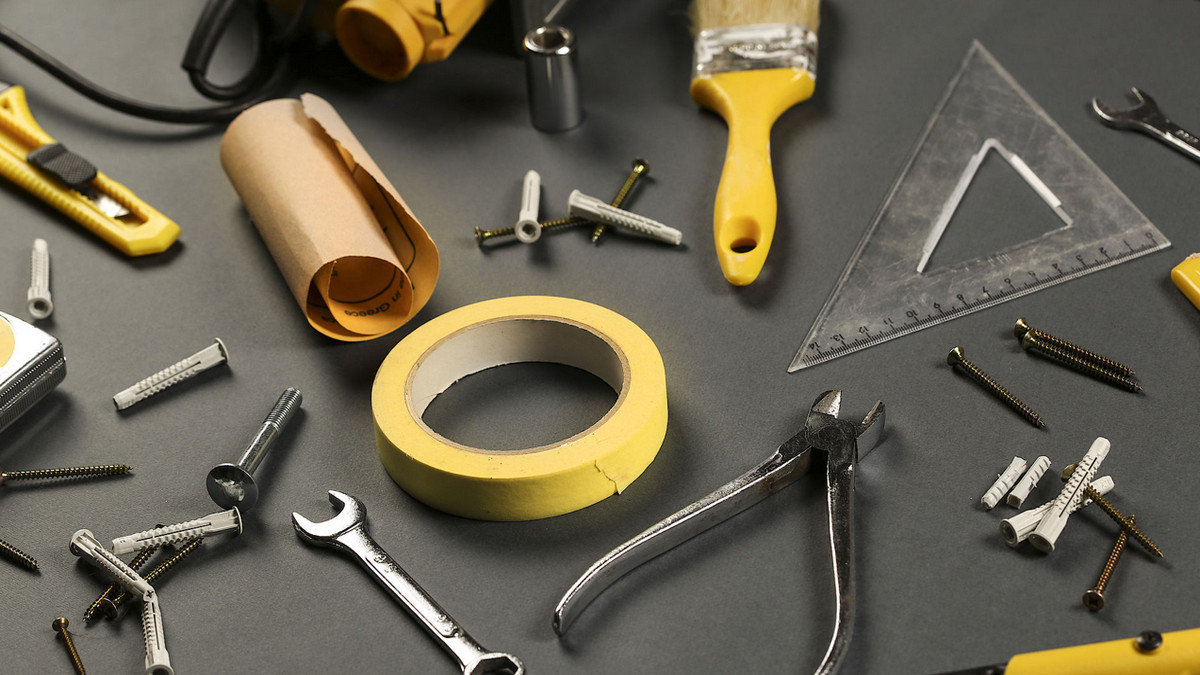
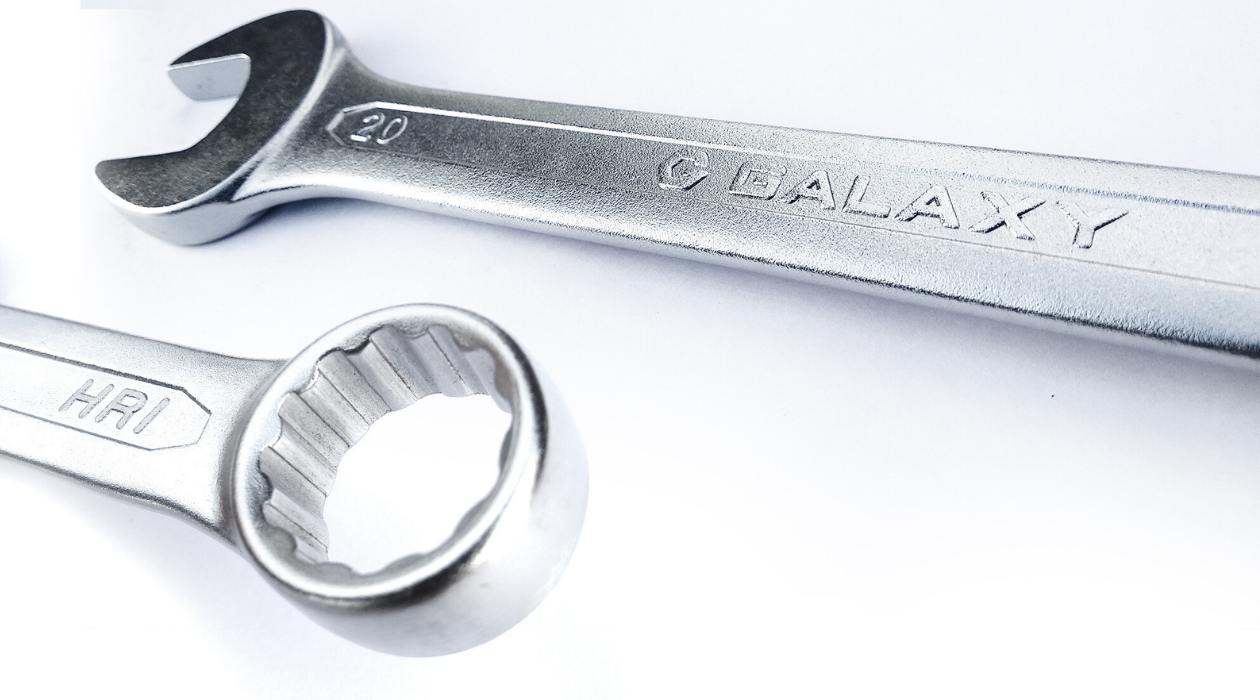
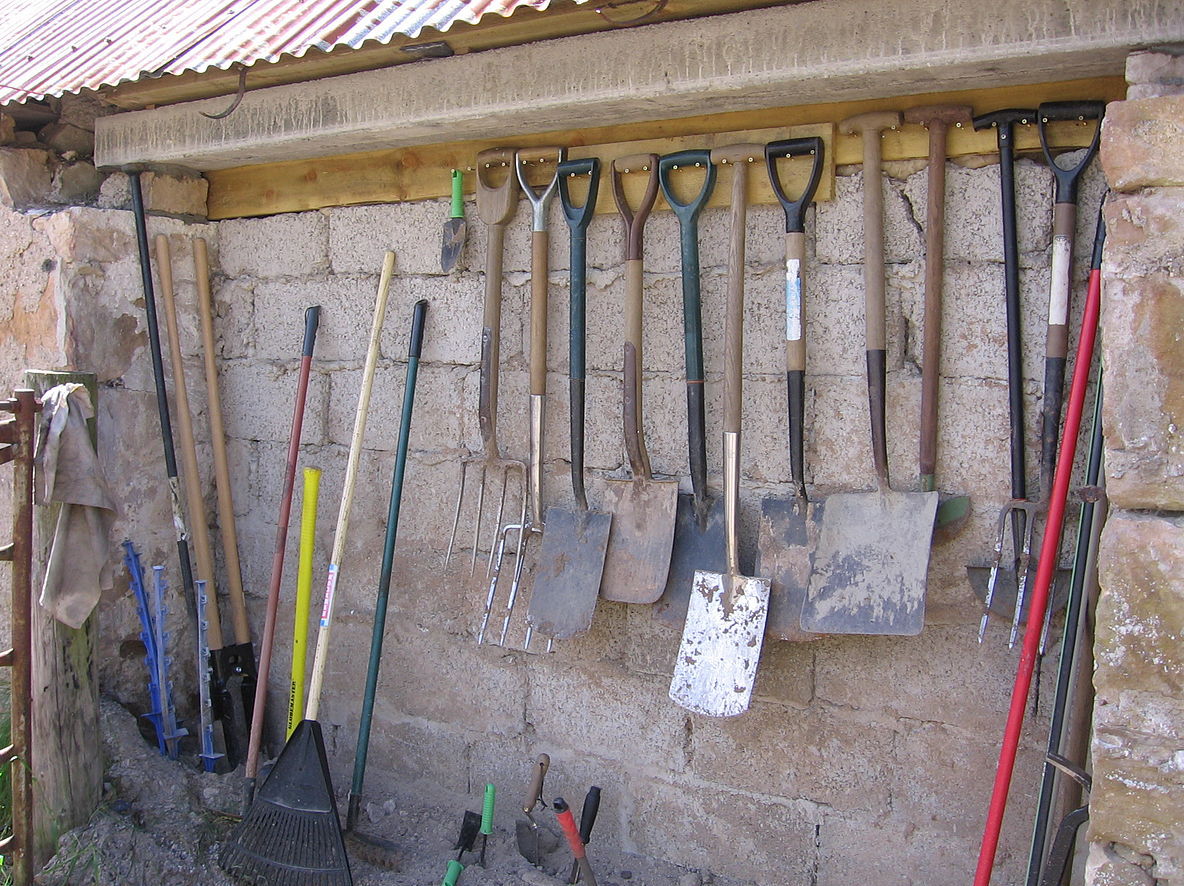
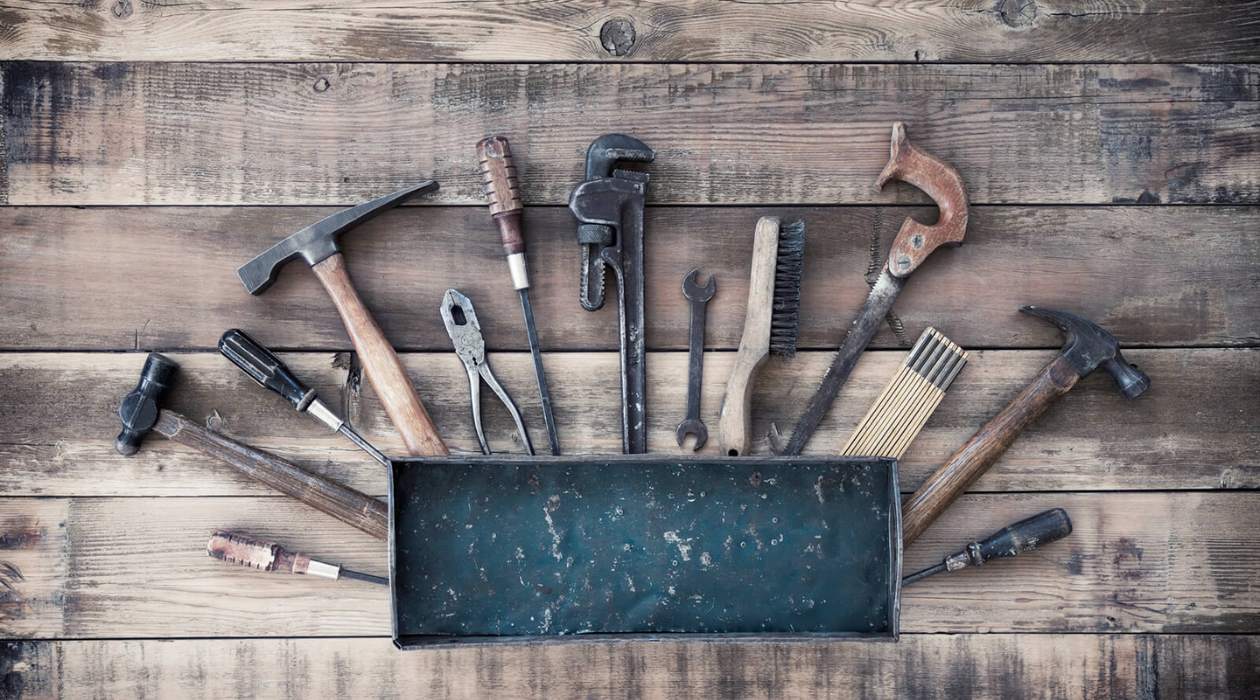

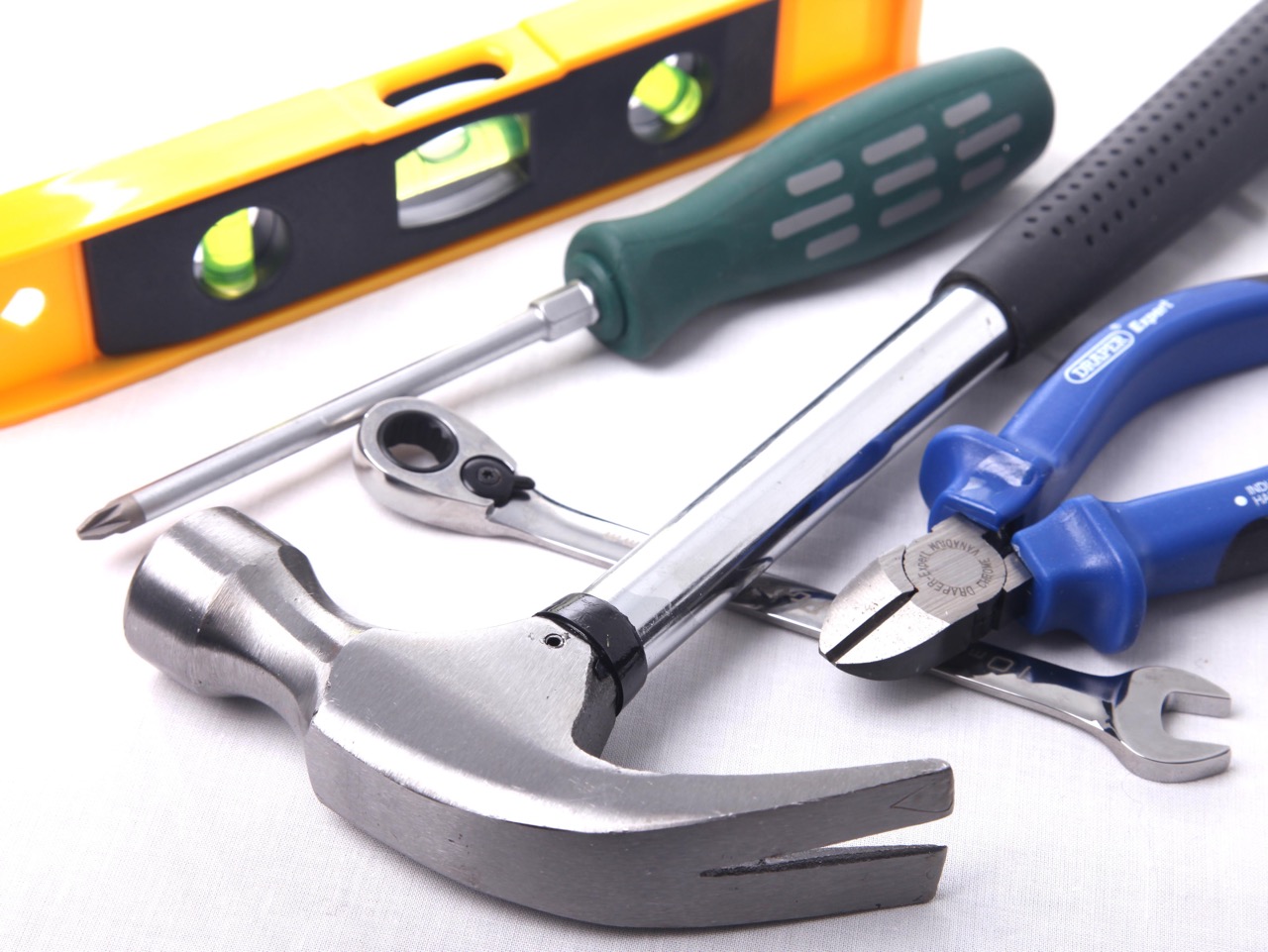

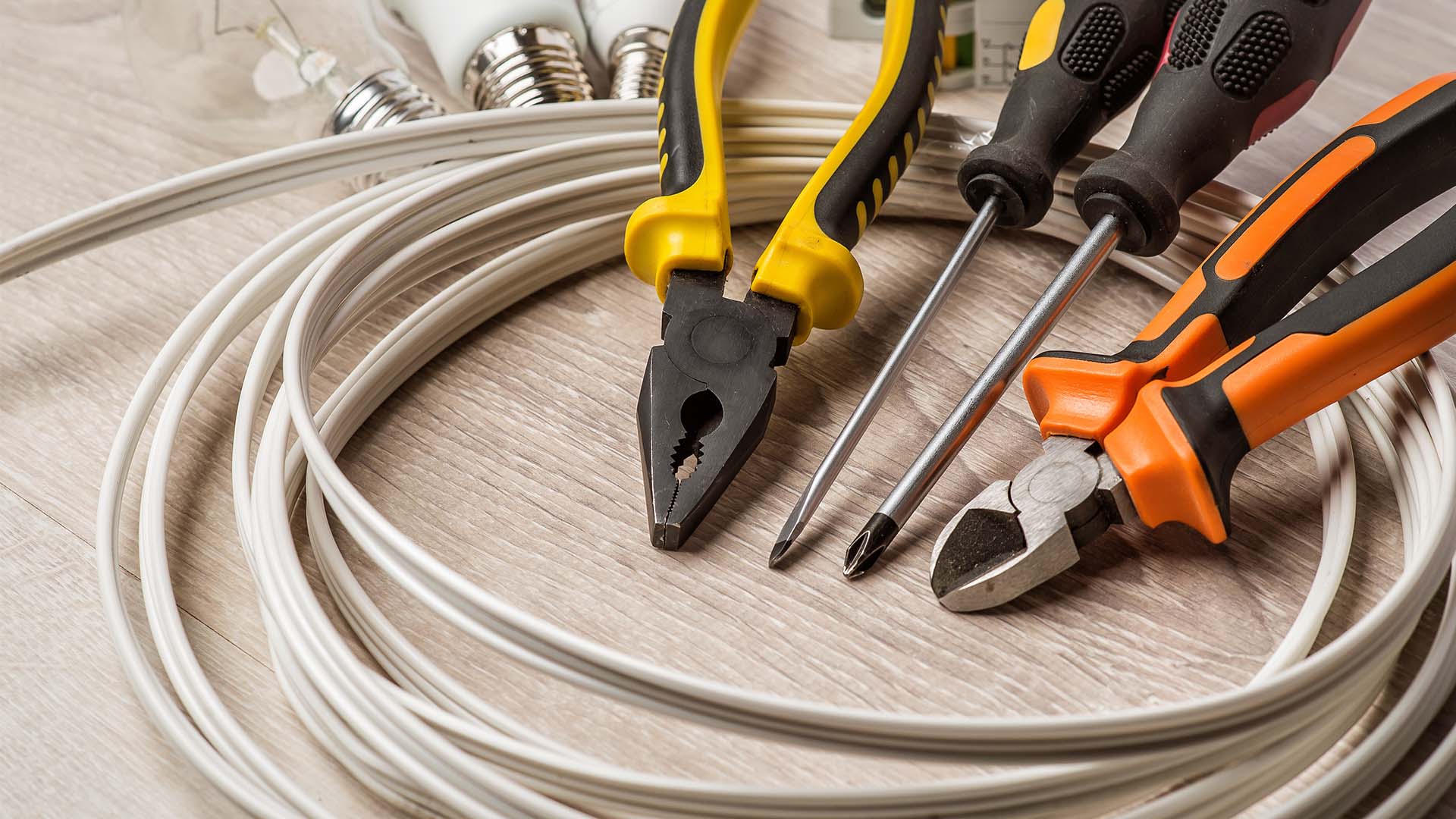

0 thoughts on “How To Break Up Concrete With Hand Tools”